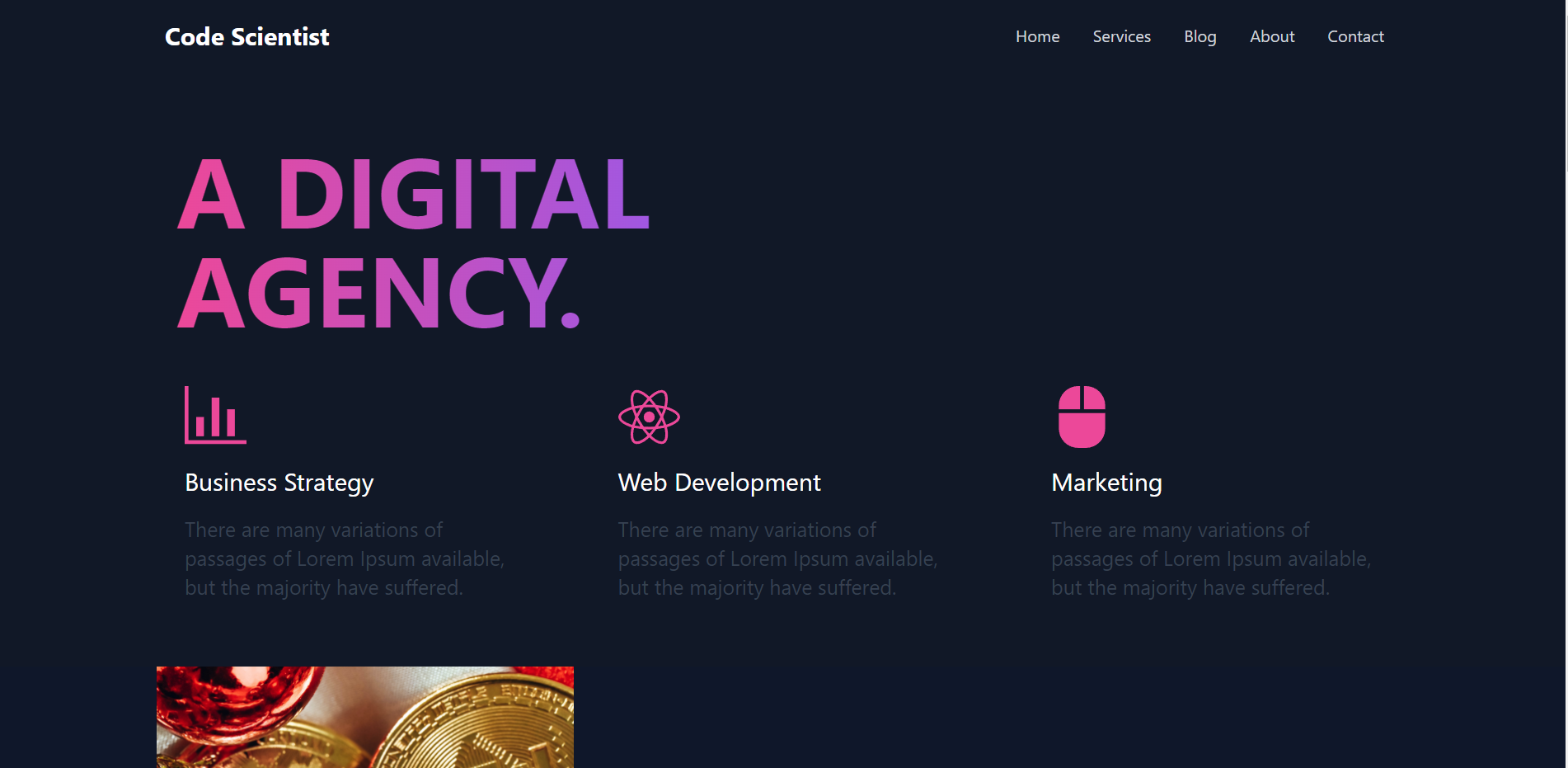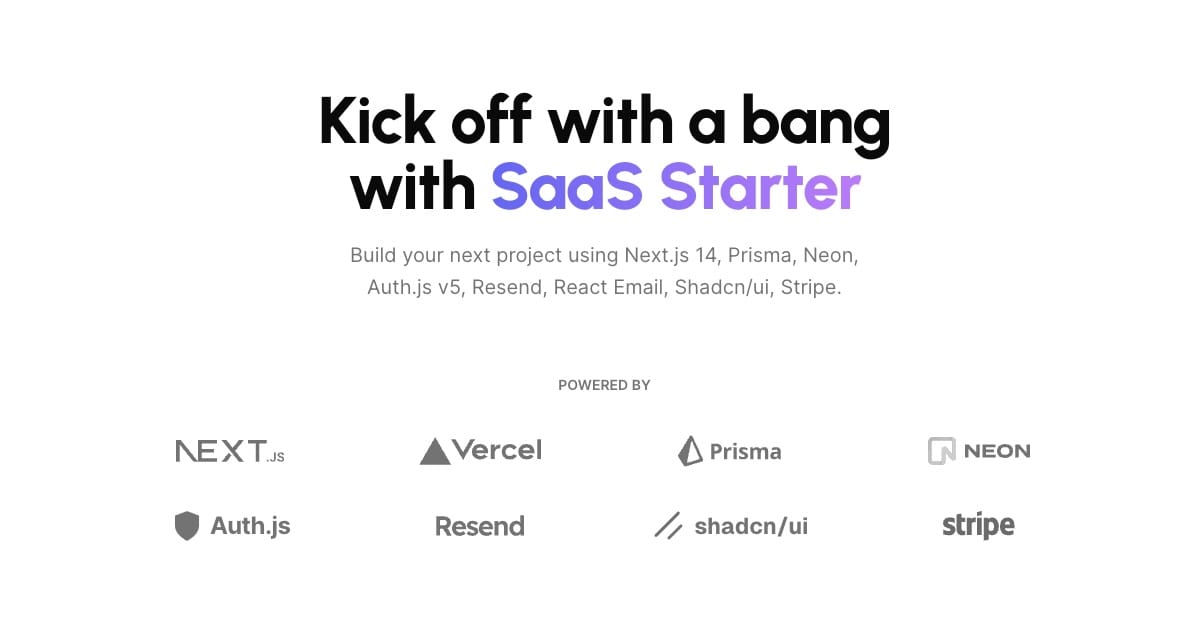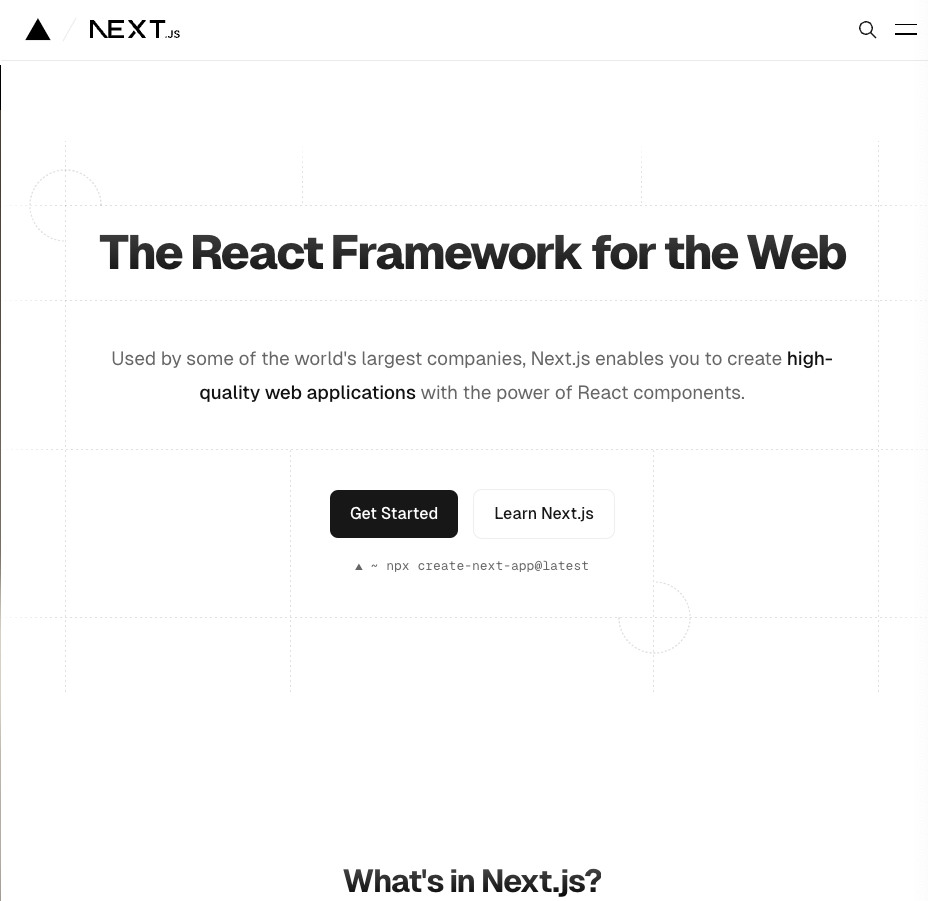Why Choose Next.js Over React for Building Web and Server-Heavy Apps?
Table of Content
At Medevel, after years of utilizing React and Meteor.js for our web and server-heavy applications, we made the strategic decision to switch to Next.js. This change was driven by our need for a more efficient, performant, and scalable solution.
In this post, we outline the top 10 reasons why Next.js has become our framework of choice, highlighting its powerful features, seamless deployment options like Vercel and Docker, and its superior ecosystem. Read on to discover why Next.js stands out for building robust web and server-heavy applications.

Why Next.js Over React?
1. Server-Side Rendering (SSR):
Next.js provides out-of-the-box support for Server-Side Rendering (SSR), which allows you to pre-render pages on the server before they are sent to the client.
This improves performance and SEO by delivering fully rendered HTML to search engines and users.
SSR reduces the time required for the initial page load by pre-rendering the page on the server. It also provides a better visibility and discoverability of content, leading to increased organic traffic.
2. Static Site Generation (SSG):
Next.js offers Static Site Generation (SSG), which pre-renders pages at build time, providing a significant boost to both speed and scalability. By generating static HTML files for each page during the build process, Next.js ensures that the pages are ready to be served instantly to users.
This approach reduces the load on the server and eliminates the need for runtime rendering, resulting in faster page loads and a smoother user experience. SSG is particularly beneficial for content-heavy websites and applications where the content doesn't change frequently.
With SSG, Next.js combines the advantages of static websites with dynamic capabilities. Pre-rendered pages can still include dynamic data fetched at build time, and incremental static regeneration allows pages to be updated seamlessly without rebuilding the entire site.
This makes Next.js highly scalable, as the static files can be served through a Content Delivery Network (CDN), distributing the load and ensuring fast content delivery globally. Overall, SSG in Next.js offers a robust solution for building performant, scalable web applications with the simplicity of static site deployment and the flexibility of dynamic data integration.
Here is some of quick examples using Next.js we made
3. App Routes and API Routes:
Next.js provides a powerful routing system that includes both page routes and API routes, streamlining the development process by allowing developers to easily create API endpoints within the same application. Page routes enable dynamic routing based on the file system, where each file in the pages directory corresponds to a specific route.
This simplifies navigation and page management. API routes, on the other hand, allow developers to define server-side functions directly within the Next.js application, eliminating the need for a separate backend.
This integration facilitates the development of full-stack applications by handling both frontend and backend logic in one codebase, enhancing efficiency and maintainability.
4. Better Image Optimization
Next.js includes built-in image optimization features that automatically handle resizing, optimization, and serving of images. This ensures that images are delivered in the most efficient format and size for various devices and screen resolutions, significantly improving load times and overall performance.
By using the next/image component, developers can easily implement responsive images without the need for third-party libraries.
This not only enhances the user experience by reducing the time it takes for images to load but also improves SEO by ensuring that images are optimized for performance.
5. Built-in CSS and Sass Support
Next.js offers built-in support for CSS and Sass, enabling developers to use these stylesheets directly in their projects without additional configuration. This native support simplifies the development process by allowing for easy integration of CSS and Sass, enhancing productivity and maintaining consistency in styling.
Developers can leverage modern CSS features, modular CSS, and Sass's powerful features like variables and nesting, resulting in more efficient and maintainable code.
The streamlined setup reduces the need for external tooling, making it quicker and easier to style applications in Next.js.
5. Multiple Deployment Options:
Next.js offers multiple deployment options to suit different needs and preferences.
Vercel, the creator of Next.js, provides the most seamless deployment experience with automatic optimizations, serverless functions, and a global CDN, making it ideal for hassle-free deployments.
Docker allows developers to containerize their applications, ensuring consistency across different environments, which is beneficial for maintaining uniformity in development, staging, and production.
Netlify is another popular choice, especially for static sites, offering automated builds, serverless functions, and continuous deployment from Git repositories.
AWS and Heroku also provide robust options for deploying Next.js applications. AWS offers flexibility and scalability through services like AWS Amplify, Amazon S3, and AWS Lambda, making it suitable for enterprise-level applications.
Heroku, known for its ease of use, supports automatic builds and deployments from Git repositories and offers a range of add-ons for enhancing Next.js apps.
Both platforms cater to developers looking for scalable, flexible, and powerful deployment solutions.
6. Docker Support
Docker support offers simplified containerization, ensuring consistent environments and streamlined deployments for Next.js applications.
By using Docker, developers can create uniform setups across development, staging, and production. This enhances reliability and efficiency, making it easier to manage and deploy applications.
7. Better Ecosystem
Rich plugin and extension ecosystem, enhancing functionality and development speed.
8. Automatic Code Splitting:
Automatic code splitting improves load times by dividing code into smaller bundles that are loaded as needed. This reduces the initial load size, enhancing performance.
In Next.js, this feature is built-in, optimizing delivery for faster user experiences.
9. Dozens of starters, templates and boilerplates
Next.js community offers a wide range of starters, templates, and boilerplates, enabling developers to quickly kickstart projects with pre-configured setups. These resources cover various use-cases, from e-commerce to blogs, ensuring rapid development and reducing setup time.
This extensive collection enhances productivity and allows developers to focus on building unique features.





Final Thought
Switching to Next.js has significantly enhanced our development process and the performance of our applications. Its robust features, such as Server-Side Rendering (SSR) and Static Site Generation (SSG), have provided noticeable improvements in load times and SEO.
The seamless integration of app routes and API routes has streamlined our full-stack development efforts, while the built-in image optimization and CSS/Sass support have made our projects more efficient and maintainable.
With multiple deployment options, including Vercel and Docker, we can choose the best fit for our needs, ensuring consistent and scalable deployments.
Next.js 15 continues to build on this solid foundation, introducing new features that further simplify development and enhance performance. Its rich ecosystem and automatic code splitting make it an excellent choice for building robust, high-performance web applications.
For developers, agencies, and organizations seeking a powerful and flexible framework for web development, Next.js is the clear winner.
Discover more about Next.js 15 and how it can transform your web development projects by visiting Unveiling Next.js 15: A Game-Changer for Web Development.












